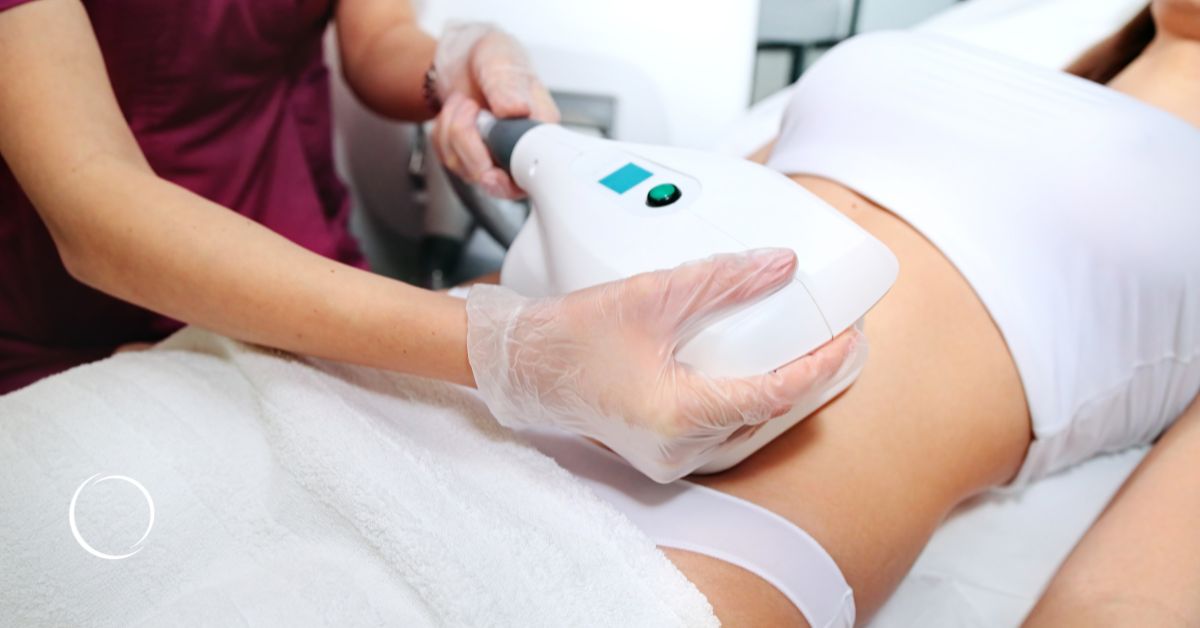If you’re passionate about body sculpting and dream of turning it into a career, obtaining the necessary license is a crucial step. Whether you want to open your own studio or work as a professional body sculptor, having the proper licensing demonstrates your expertise and commitment to safety and professionalism. In this guide, we’ll walk you through the process of obtaining a license for body sculpting, providing you with the information you need to kickstart your career in this exciting field.
Research Licensing Requirements
The first step in obtaining a license for body sculpting is to research the licensing requirements in your area. Regulations can vary depending on your location, so it’s essential to familiarize yourself with the specific requirements set by your state or country’s licensing board. Check the official website of your local health department or regulatory agency for detailed information on licensing requirements.
Complete Required Training
Many licensing boards require aspiring body sculptors to complete specific training or education programs before they can obtain a license. Look for accredited training programs that cover essential topics such as anatomy, physiology, safety protocols, and hands-on sculpting techniques. Choose a reputable program that meets the standards set by the licensing board in your area.
Gain Practical Experience
In addition to formal training, gaining practical experience is essential for obtaining a license for body sculpting. Seek opportunities to apprentice or shadow experienced body sculptors to learn from their expertise and hone your skills. Practice sculpting on willing volunteers or mannequins to develop your technique and build your portfolio.
Apply for Licensure
Once you’ve completed the necessary training and gained sufficient experience, it’s time to apply for licensure. Gather all required documentation, including proof of training, transcripts, and any other supporting materials specified by the licensing board. Submit your application along with any required fees and await approval from the licensing board.
Pass Licensing Examinations
Some licensing boards may require aspiring body sculptors to pass written or practical examinations to demonstrate their knowledge and skills. Study diligently and prepare for the exams by reviewing course materials, practicing sculpting techniques, and seeking guidance from experienced professionals. Be sure to familiarize yourself with the format and content of the exams to maximize your chances of success.
Fulfill Continuing Education Requirements
After obtaining your license for body sculpting, it’s important to stay up-to-date with the latest developments and techniques in the field. Many licensing boards require licensees to complete continuing education courses or workshops to maintain their licensure. Stay informed about industry trends and advancements and invest in ongoing education to enhance your skills and expertise.
Maintain Compliance with Regulations
As a licensed body sculptor, it’s your responsibility to adhere to all relevant regulations and guidelines set by the licensing board and regulatory agencies. Stay informed about any updates or changes to regulations and ensure that your practices are in compliance with current standards. Failure to comply with regulations could result in disciplinary action or loss of licensure.
Promote Professionalism and Safety
As you embark on your career as a licensed body sculptor, prioritize professionalism and safety in all aspects of your practice. Maintain high standards of hygiene and cleanliness in your studio, adhere to safety protocols and guidelines, and provide clear and accurate information to your clients. Building a reputation for professionalism and safety will enhance your credibility and attract clients to your practice.
Conclusion
Obtaining a license for body sculpting is a significant achievement that demonstrates your dedication to professionalism, safety, and expertise in the field. By following the steps outlined in this guide, you can navigate the licensing process successfully and embark on a rewarding career as a licensed body sculptor.
In conclusion, obtaining a license for body sculpting requires careful preparation, dedication, and commitment to excellence. By researching licensing requirements, completing required training, gaining practical experience, applying for licensure, passing examinations, fulfilling continuing education requirements, maintaining compliance with regulations, and promoting professionalism and safety, you can obtain your license and pursue your passion for body sculpting with confidence.
